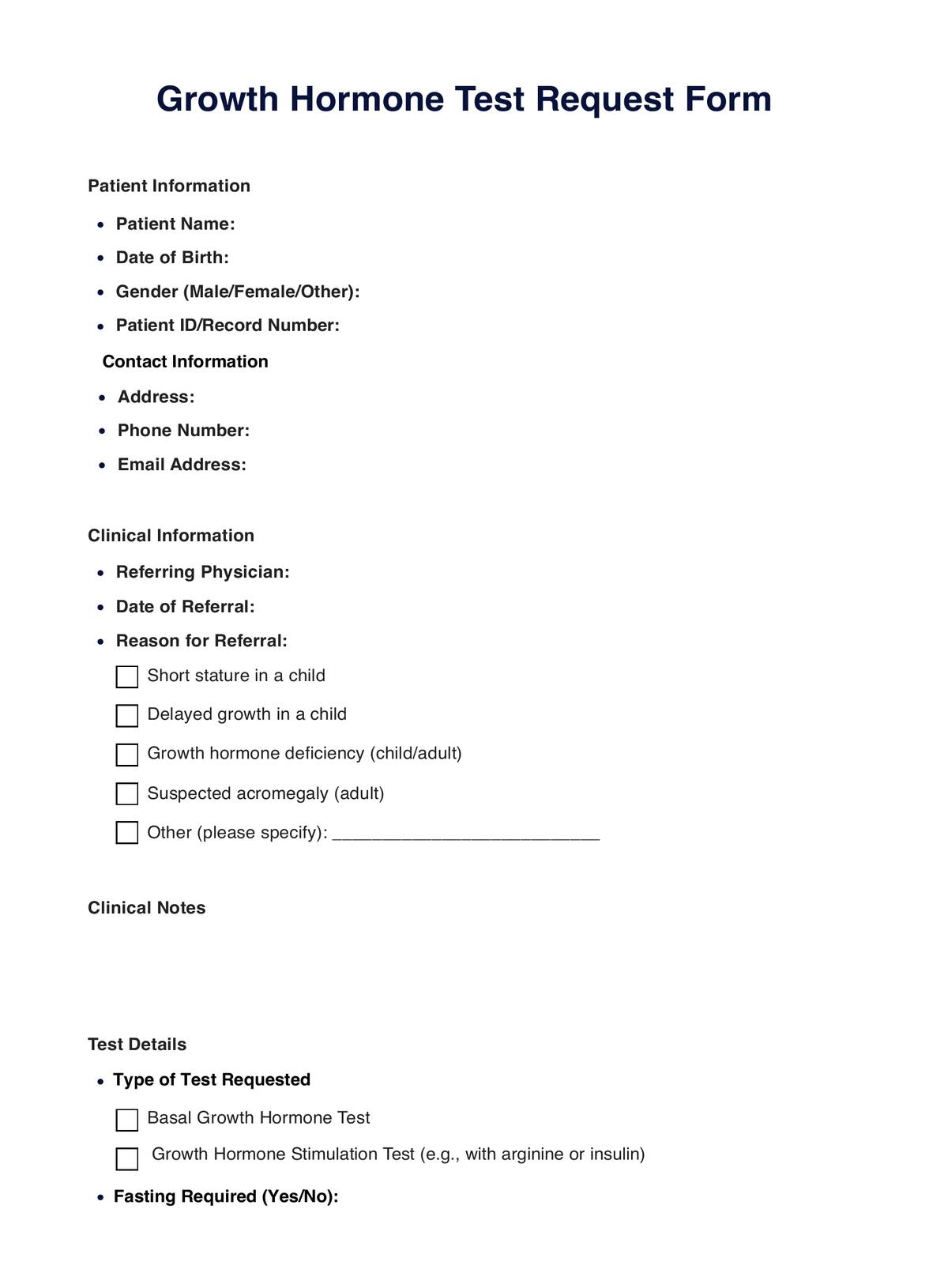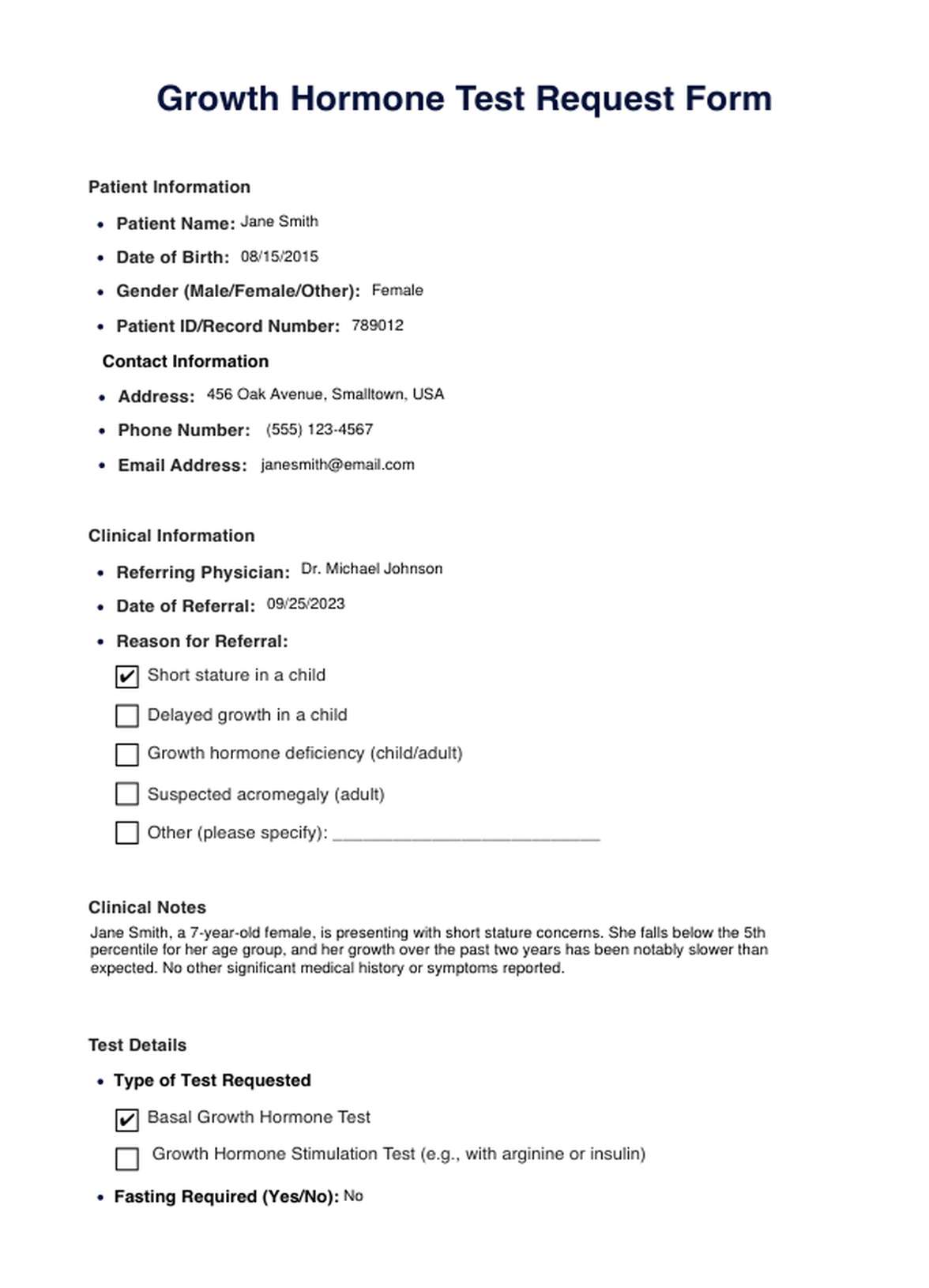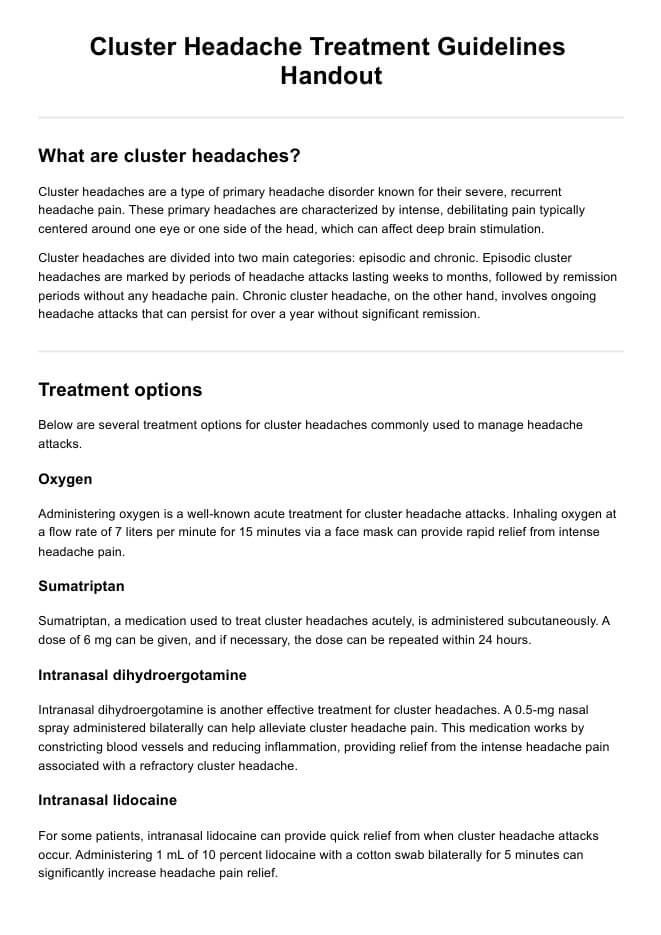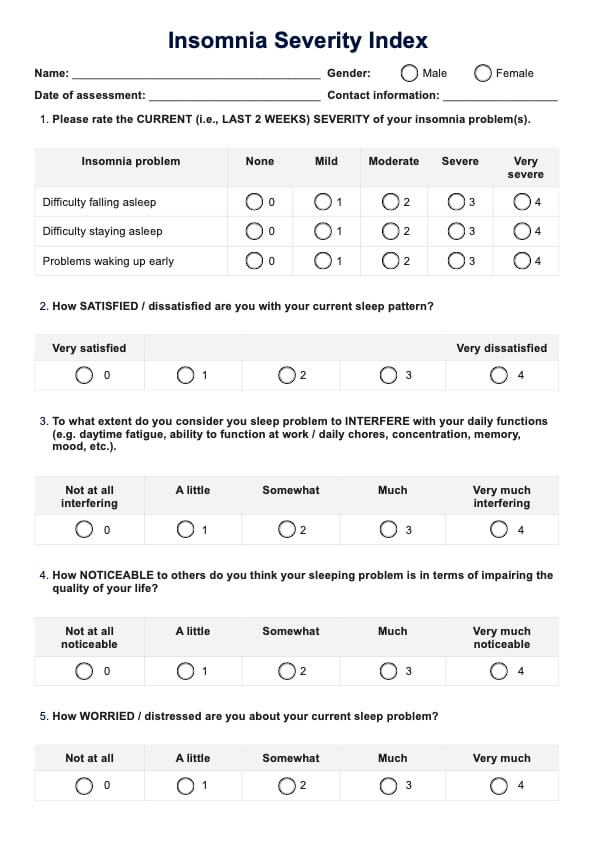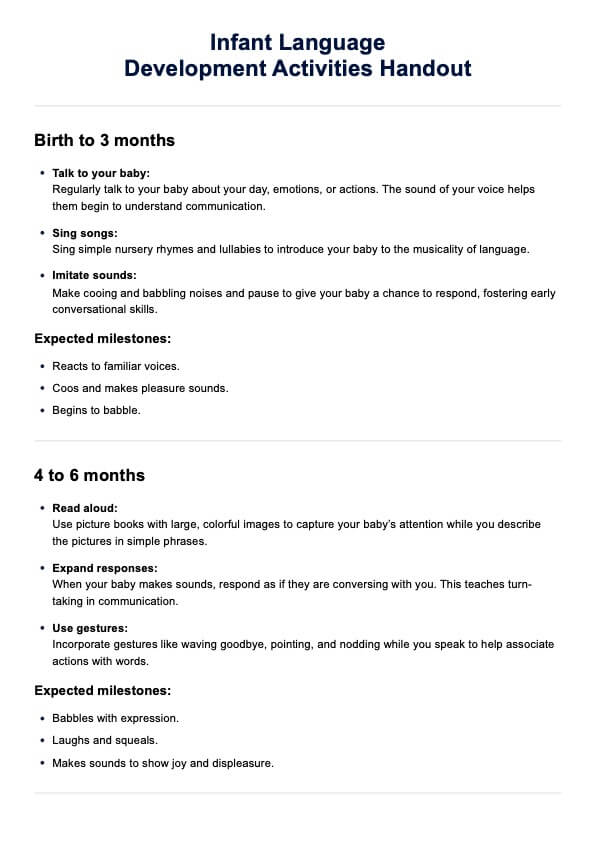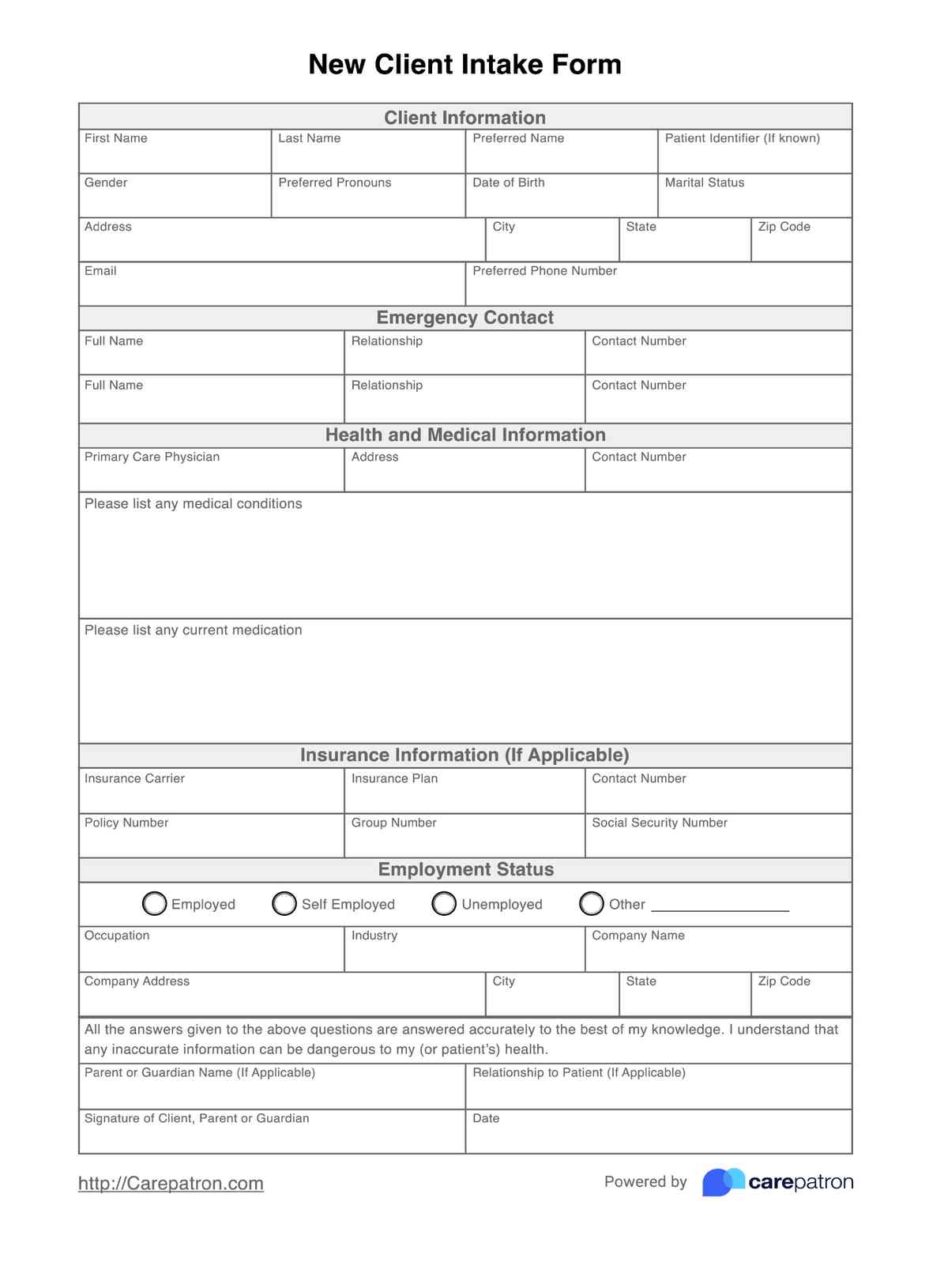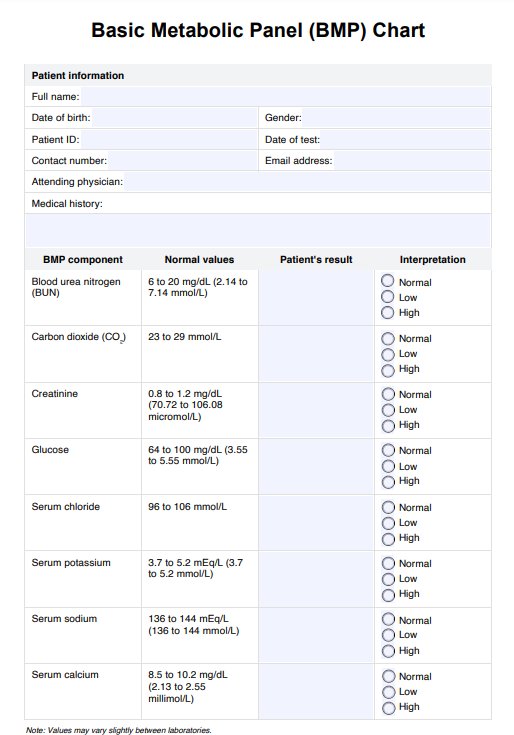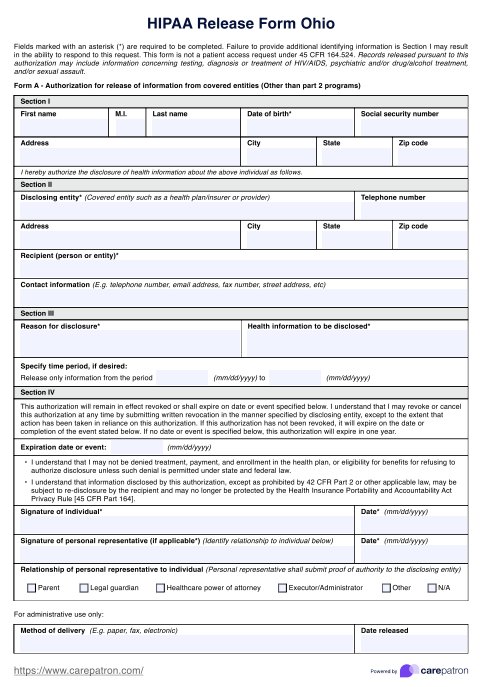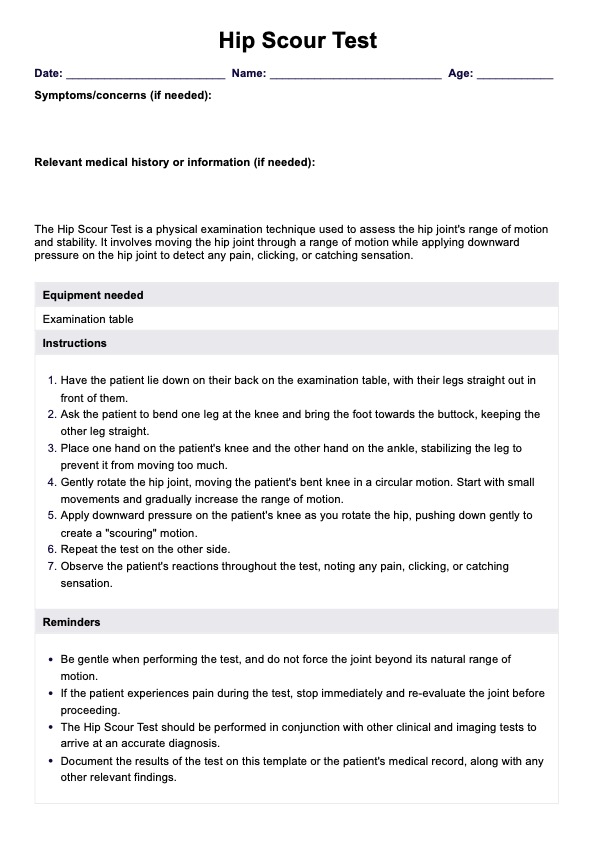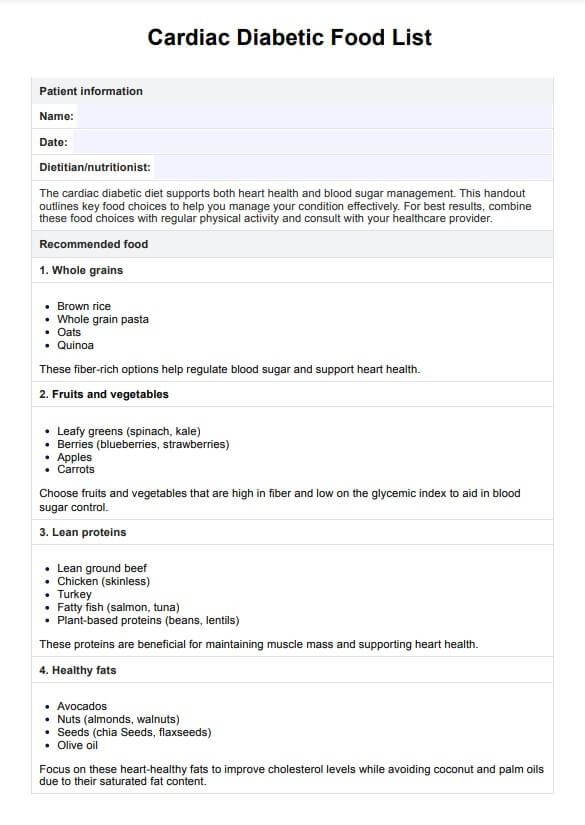Growth Hormone
Get accurate diagnosis and management of growth-related conditions with our Growth Hormone Test. Learn more.


What is a Growth Hormone Test?
A Growth Hormone (GH) Test is a medical diagnostic procedure used to measure the growth hormone level in an individual's blood. Growth hormone is a peptide hormone produced by the pituitary gland, a small organ located at the base of the brain. It plays a crucial role in regulating the growth, development, and maintenance of various tissues and organs in the body.
The GH test is typically performed to assess the functioning of the pituitary gland, as well as to diagnose and monitor conditions related to growth and development. The test is often conducted on children to evaluate growth disorders, such as short stature or delayed growth, and in adults to investigate abnormalities in growth hormone production.
The test involves drawing a blood sample from the patient, usually in the morning, since growth hormone secretion is highest during sleep. This blood sample is then analyzed in a laboratory to measure the concentration of growth hormone. Abnormally high or low levels of GH in the blood can indicate various medical conditions.
Excess GH can lead to gigantism in children, while a deficiency can result in growth retardation. In adults, an overproduction of GH can lead to acromegaly, a condition characterized by the abnormal growth of bones and tissues. On the other hand, a deficiency of GH in adults may cause various health problems, such as reduced bone density, decreased muscle mass, and increased fat mass.
The results of a Growth Hormone Test and a thorough clinical evaluation help healthcare providers make informed decisions about treatment options, including hormone replacement therapy, for individuals with growth-related disorders.
Growth Hormone Template
Growth Hormone Example
How Does it Work?
A Growth Hormone Test is a straightforward medical procedure that involves a series of steps to measure the concentration of growth hormone in a patient's blood. Below are the key steps involved in conducting a Growth Hormone Test, with keywords highlighted:
Step 1: Patient Preparation
Patients are typically required to fast overnight, as growth hormone secretion is highest during sleep and can be affected by food intake. Adequate rest is essential for accurate results, so patients are advised not to engage in strenuous physical activity before the test.
Step 2: Blood Sample Collection
A healthcare professional will collect a blood sample from the patient, usually from a vein in the arm. The test is often performed when growth hormone levels are naturally higher.
Step 3: Laboratory Analysis
The blood sample is processed to separate the serum containing growth hormone. The serum is analyzed using an immunoassay, a technique that detects and quantifies the concentration of growth hormone.
Step 4: Test Results
The laboratory provides a report on the patient's growth hormone levels. Abnormal levels may indicate a growth-related disorder, such as growth hormone deficiency or excess.
Step 5: Clinical Evaluation
A healthcare provider interprets the test results in the context of the patient's medical history and symptoms. Additional tests or examinations may be conducted to determine the cause of any abnormalities.
Step 6: Treatment and Management
Based on the test results and clinical evaluation, the healthcare provider may recommend treatment options, including hormone replacement therapy, lifestyle modifications, or further diagnostic testing.
When Would you use this Test?
The Growth Hormone Test is a valuable diagnostic tool with various applications across different medical specialties. Its use is appropriate when healthcare providers suspect growth-related disorders or need to monitor the status of an individual's growth and development. Below are some scenarios in which this test is commonly employed:
- Short Stature Assessment: Pediatric endocrinologists use the Growth Hormone Test when children exhibit delayed or inadequate growth. It helps diagnose growth hormone deficiency, which can be treated with hormone therapy.
- Turner Syndrome and Prader-Willi Syndrome: For conditions like Turner syndrome and Prader-Willi syndrome, where growth may be affected, this test aids in diagnosis and treatment planning.
- Acromegaly Diagnosis: Adult endocrinologists utilize the test to diagnose acromegaly, a condition characterized by excessive growth hormone production. Accurate diagnosis is essential for managing this disorder.
- Growth Hormone Deficiency in Adults: Growth hormone testing in adults helps identify deficiencies, which can lead to various health issues, such as decreased bone density and increased fat mass.
- Monitoring Growth: Pediatricians may use the Growth Hormone Test as part of routine check-ups to monitor a child's growth trajectory, ensuring early detection of growth issues.
- Skeletal Abnormalities: In cases where skeletal abnormalities are suspected, orthopedic surgeons may order the test to assess the contribution of growth hormone to these conditions.
- Juvenile Idiopathic Arthritis: For children with juvenile idiopathic arthritis, where growth might be compromised due to chronic inflammation, a Growth Hormone Test can be valuable.
- Optic Nerve Compression: In conditions like pituitary tumors causing optic nerve compression, the test can help assess the impact of growth hormone excess on these structures.
- Pituitary Tumors: Neurosurgeons may order the test to understand the extent of hormonal disruption for patients with pituitary tumors affecting growth hormone secretion.
What do the Results Mean?
Interpreting the results of a Growth Hormone Test is crucial for diagnosing and managing various growth-related conditions. The test measures the concentration of growth hormone (GH) in the blood, and the results can fall into several categories:
Normal GH Levels
Normal GH levels in children and adults typically indicate that growth and development are proceeding as expected. It suggests there are no underlying growth hormone-related disorders.
Elevated GH Levels
High GH levels in adults may indicate acromegaly, a condition caused by excessive GH production. Symptoms include enlarged hands, feet, and facial features In children, abnormally high GH levels may indicate gigantism, resulting in excessive growth and height beyond what is considered typical for their age.
Reduced GH Levels
Low GH levels in children can suggest growth hormone deficiency, which may manifest as short stature and delayed growth. In adults, growth hormone deficiency can result in decreased muscle mass, increased fat mass, reduced bone density, and various metabolic issues.
Fluctuating GH Levels
Some conditions, such as stress, illness, or malnutrition, can lead to temporary fluctuations in GH levels. If the GH levels vary widely over time, it may be essential to determine the underlying cause.
Provocative Testing Results
Sometimes, GH testing involves provocative tests, where GH secretion is stimulated. Results may be measured by how well GH levels rise in response. Normal responses suggest a properly functioning pituitary gland, while an inadequate response can indicate growth hormone deficiency.
Borderline Results
Borderline GH levels may require further testing and clinical evaluation to confirm the presence of a growth-related disorder. Additional assessments and patient history may be necessary.
Research & Evidence
The Growth Hormone Test, which measures the concentration of growth hormone (GH) in the blood, has a rich history and is supported by extensive research and clinical evidence.
The concept of measuring GH levels in the blood began to take shape in the mid-20th century when researchers recognized the pivotal role of the pituitary gland in regulating growth and development. The development of immunoassays, particularly radioimmunoassays, allowed for the accurate measurement of GH in blood samples. This marked a significant advancement in the GH testing methodology.
Advances in technology and our understanding of endocrinology have refined Growth Hormone Tests, making them more precise and reliable.
Clinical studies have extensively documented the effectiveness of GH testing in diagnosing growth hormone deficiency in children and adults. The evidence supports using GH replacement therapy for individuals with confirmed deficiencies, leading to improved growth, muscle mass, and overall well-being.
Research has shown that GH testing is a critical tool for diagnosing acromegaly, a condition caused by excess GH production. Early diagnosis and treatment are vital in managing acromegaly and preventing complications.
GH testing has been pivotal in assessing short stature in children, enabling the identification of treatable growth disorders. The evidence underscores the importance of early intervention to optimize growth potential.
Studies have consistently utilized GH testing in diagnosing and managing growth-related conditions like Turner syndrome and Prader-Willi syndrome, showcasing its role in tailoring treatment approaches.
Research has established the validity of subversive testing methods in stimulating GH release, providing crucial insights into pituitary gland functionality and growth hormone responsiveness.
Longitudinal studies have shown how GH testing when used in conjunction with clinical assessment, helps monitor the progression of growth-related disorders and guides treatment adjustments over time.
References
- Bumrungrad International Hospital. (n.d.). https://www.bumrungrad.com/en/treatments/growth-hormone-stimulation-test
- Face, M. S. E. M. F. (n.d.). Growth Hormone deficiency in Adults WorkUp: approach considerations, laboratory studies. https://emedicine.medscape.com/article/120767-workup?form=fpf
- Guyda, H. (2000). Growth hormone testing and the short child. Pediatric Research, 48(5), 579–580. https://doi.org/10.1203/00006450-200011000-00003
- Mayer, M. (2022, January 25). Growth hormone tests: What you need to know. Healthline. https://www.healthline.com/health/growth-hormone-test
- Testing.com. (2021, November 9). Growth hormone - testing.com. https://www.testing.com/tests/growth-hormone/
- Yau, M., & Rapaport, R. (2022). Growth hormone stimulation testing: to test or not to test? that is one of the questions. Frontiers in Endocrinology, 13. https://doi.org/10.3389/fendo.2022.902364
- Yuen, K. C. (2023, August 8). Growth hormone stimulation tests in assessing adult growth hormone deficiency. Endotext - NCBI Bookshelf. https://www.ncbi.nlm.nih.gov/books/NBK395585/
Commonly asked questions
Pediatricians, endocrinologists, and other healthcare providers may request a Growth Hormone Test for children with growth issues. In contrast, adult endocrinologists and specialists often order it for adults with suspected growth-related disorders.
Growth Hormone Tests are used when there are concerns about growth disorders, such as short stature, delayed growth in children, or conditions like acromegaly in adults. They are also employed in monitoring growth-related conditions and assessing the effectiveness of treatment.
Growth Hormone Tests involve drawing a blood sample, usually in the morning, to measure the concentration of growth hormone. The blood sample is then analyzed in a laboratory, and the results are interpreted in the context of the patient's medical history and clinical evaluation.
The blood draw for a Growth Hormone Test typically takes just a few minutes. However, the total time may vary due to factors like waiting times at the clinic or laboratory. Results are usually available within a few days, depending on the healthcare provider and testing facility.


